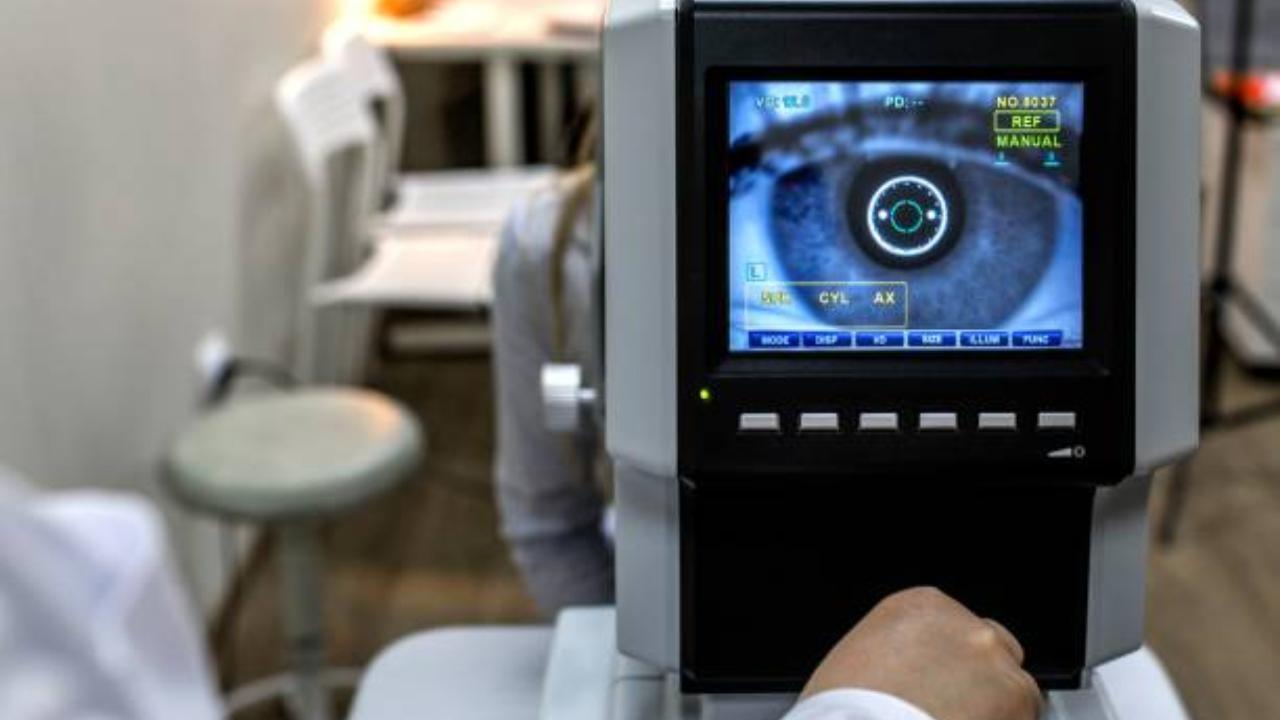The study, led by Lenia Amaral, PhD, and Ella Striem-Amit, PhD, explores how the visual cortex in individuals born blind responds to various stimuli, including touch and sound. Unlike the consistent visual cortex connectivity in sighted people, blind individuals exhibit highly individual patterns that are stable over time

Image for representational purposes only. Photo Courtesy: iStock
People born blind develop unique connectivity patterns in the primary visual cortex, akin to a fingerprint, a new study by Georgetown University neuroscientists reveals.
ADVERTISEMENT
Published in Proceedings of the National Academy of Sciences (PNAS), these findings could inform personalised rehabilitation and sight restoration strategies.
The study, led by Lenia Amaral, PhD, and Ella Striem-Amit, PhD, explores how the visual cortex in individuals born blind responds to various stimuli, including touch and sound. Unlike the consistent visual cortex connectivity in sighted people, blind individuals exhibit highly individual patterns that are stable over time.
The research involved functional MRI scans of blind participants over two years, revealing that their connectivity patterns remained consistent regardless of tasks such as localising sounds or identifying shapes.
Amaral noted, "These patterns did not change significantly based on the task at hand, underscoring the uniqueness and stability of these neural connections."
"We don’t see this level of variation in the visual cortex connectivity among individuals who can see," said Striem-Amit. "The connectivity pattern in people born blind is like an individual fingerprint, identifiable and stable over time."
Striem-Amit highlighted the implications for brain development: "Our findings suggest that experiences after birth shape diverse brain development pathways, particularly in those growing up without sight. This brain plasticity allows for varied uses of the visual cortex."
The study suggests that understanding each individual's connectivity could be crucial for developing tailored solutions in rehabilitation and sight restoration.
Also read: Hibiscus tea to oats: Are these foods really good for your health?
This story has been sourced from a third party syndicated feed, agencies. Mid-day accepts no responsibility or liability for its dependability, trustworthiness, reliability and data of the text. Mid-day management/mid-day.com reserves the sole right to alter, delete or remove (without notice) the content in its absolute discretion for any reason whatsoever
 Subscribe today by clicking the link and stay updated with the latest news!" Click here!
Subscribe today by clicking the link and stay updated with the latest news!" Click here!







